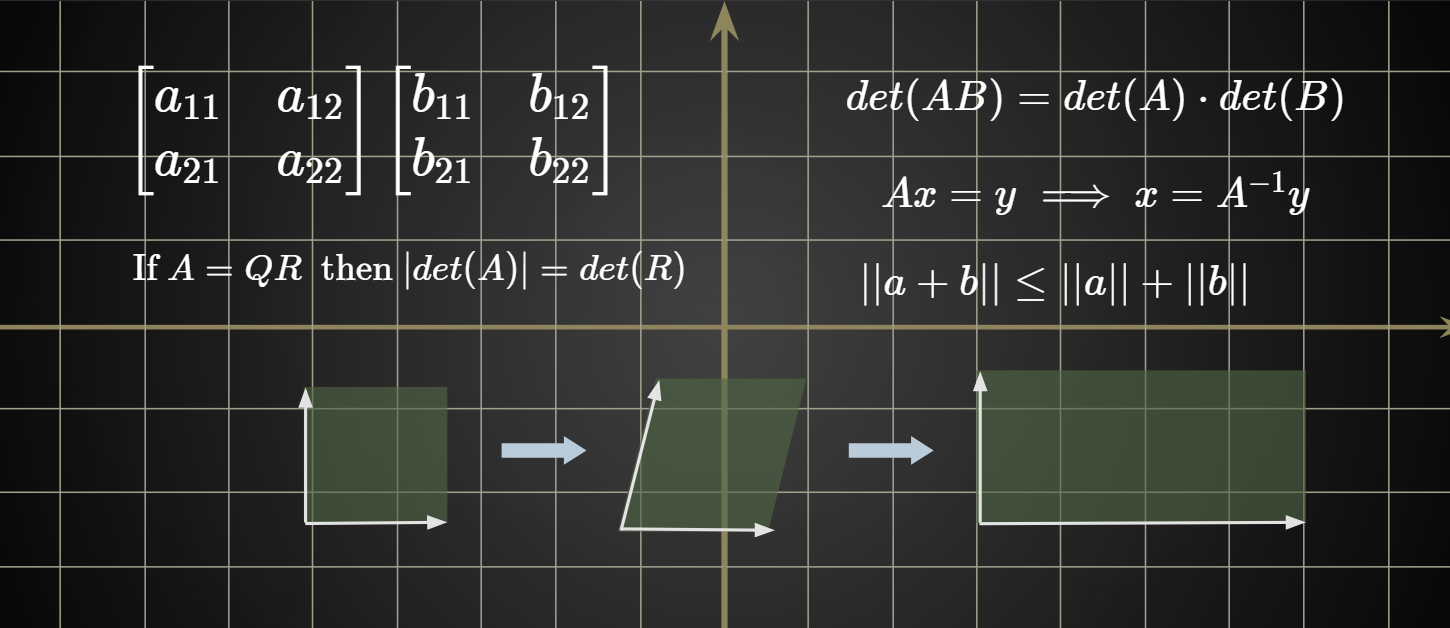Interactive Image Processing Graphs
Here you can explore a few Desmos graphs featuring gamma correction (using power law) and Linear Contrast Stretching.
Interactive Image Processing Graphs
Here you can explore a few Desmos graphs featuring gamma correction (using power law) and Linear Contrast Stretching.
Interactive Image Processing Graphs
Here you can explore a few Desmos graphs featuring gamma correction (using power law) and Linear Contrast Stretching.
Here you can explore several Desmos graphs featuring distributions, permutations/combinations, and regression. For the best experience, view these graphs on a computer rather than a phone.
Here you can explore several Desmos graphs featuring distributions, permutations/combinations, and regression. For the best experience, view these graphs on a computer rather than a phone.
Here you can explore several Desmos graphs featuring distributions, permutations/combinations, and regression. For the best experience, view these graphs on a computer rather than a phone.
Java Machine Learning Library (JML)
JML is a simple and easy-to-use machine learning in Java.

Purpose.
The primary goal of this library is to provide several accessible, virtually interchangeable, machine learning models for Java. Train these models on a dataset and use them to make predictions on real-world data.
This library uses the Java Linear Algebra library to satisfy any linear algebra needs. It is highly recommended that you also have the .jar file for this library as well.
Capabilities.
-
Fit and train a variety of models
-
Regression models
-
Linear regression
-
Multiple linear regression
-
Polynomial regression
-
-
Classification models
-
K-Nearest neighbors
-
Logistic Regression
-
Perceptron
-
-
Neural networks
-
Layers
-
Dense
-
Dropout
-
-
Activation functions
-
linear
-
ReLU (rectified linear unit)
-
Sigmoid
-
tanh (hyperbolic tangent)
-
-
Loss Functions
-
Mean squared error
-
Binary cross-entropy
-
Multi-class cross-entropy
-
-
-
Optimizers
-
Gradient descent
-
Momentum
-
Add learning rate schedulers to the optimizer
-
-
Use trained models to make predictions on new data
-
Save and reuse trained models
-
Save a trained model to a file for later use
-
Load a saved model and make predictions with it
-
-
Manipulate Data
-
Read and write data from and to a file
-
Encode text labels
-
Split data into training and testing sets
-
Normalize data
-
Standardize data
-
-
Compute statistics of data
-
Mean
-
Median
-
Mode
-
Standard Deviation
-
Variance
-
Where you can see examples.
To see how to use the library, see the examples provided on this site here.










